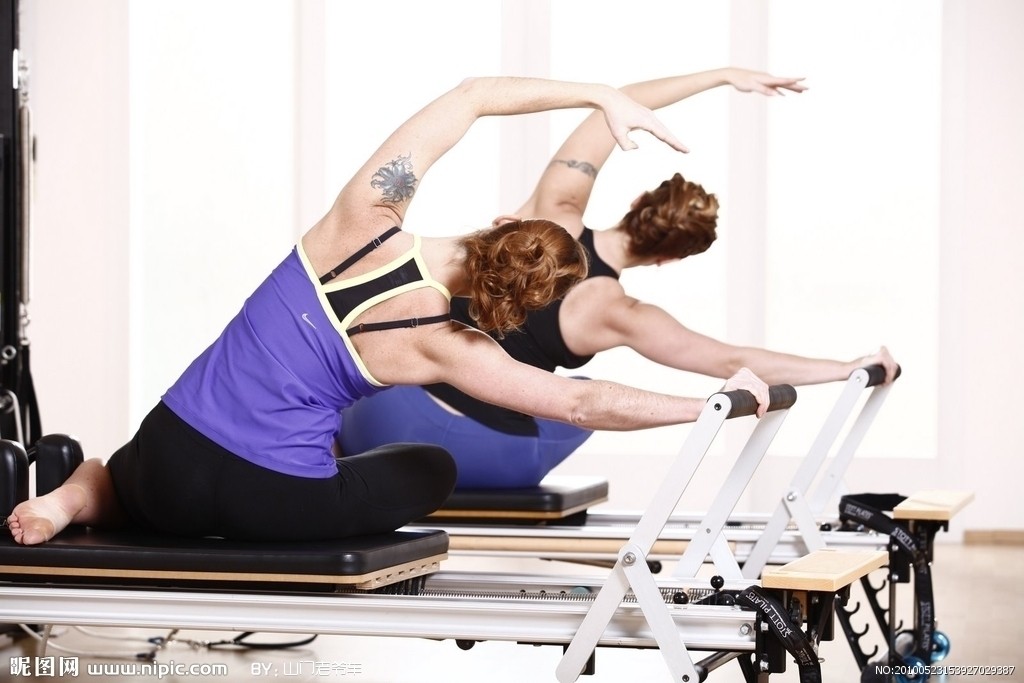Clin Nutr. 2015 Oct;34(5):1025-9.
Adductor pollicis muscle: A study about its use as a nutritional parameter in surgical patients.
Gonzalez MC, Pureza Duarte RR, Orlandi SP, Bielemann RM, Barbosa-Silva TG.
Catholic University of Pelotas, Pelotas, RS, Brazil.
Federal University of Pelotas, Brazil.
BACKGROUND & AIMS: Body composition is important to identify malnutrition, and several anthropometric measurements are used to estimate muscle mass in the clinical practice. This study aimed to assess the adductor pollicis muscle thickness (APMT), its covariates and association with malnutrition in hospitalized surgical patients.
METHODS: APMT was measured in 361 surgical patients in both dominant (DAPMT) and non-dominant (NDAPMT) sides. APMT values below the 5th percentile of reference values provided by a healthy population were considered as malnourished. Nutritional status was assessed by Subjective Global Assessment (SGA). The difference in APMT values among nutritional status categories was evaluated, and the association between malnutrition by SGA and APMT was estimated using multivariate linear regression. Sensitivity, specificity and positive and negative predictive values were also calculated.
RESULTS: Most patients were women (60.4%). APMT values were significantly different among SGA categories. Well-nourished patients had APMT values significantly higher compared to the ones with moderate or severe malnutrition by SGA, with no significant difference between APMT values in moderate or severe malnourished patients. Statistically significant associations between both DAPMT and NDAPMT below the 5th percentile and malnutrition and were found (RR = 3.99, CI 95% = 3.19-5.00; p < 0.001; and RR = 3.92; CI 95% = 3.10-4.96; p < 0.001; respectively). Gender, age, estimated weight and nutritional status were considered associated factors for APMT. APMT showed low sensitivity (DAPMT: 34.9%, NDAPMT: 37.7%) but high specificity (DAPMT: 98.7%, NDAPMT: 97.8%) to identify malnutrition.
CONCLUSIONS: APMT was significantly associated with nutritional status in a sample of surgical patients. The APMT seems to be a simple and useful anthropometric tool to confirm the diagnosis of malnutrition.
KEYWORDS: Adductor pollicis muscle; Anthropometry; Hospitalized patients; Malnutrition
PMID: 25467064
DOI: 10.1016/j.clnu.2014.11.006


全部评论(0)